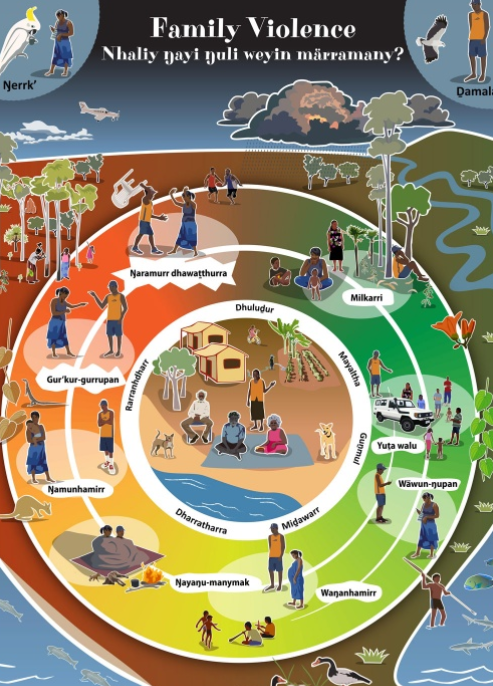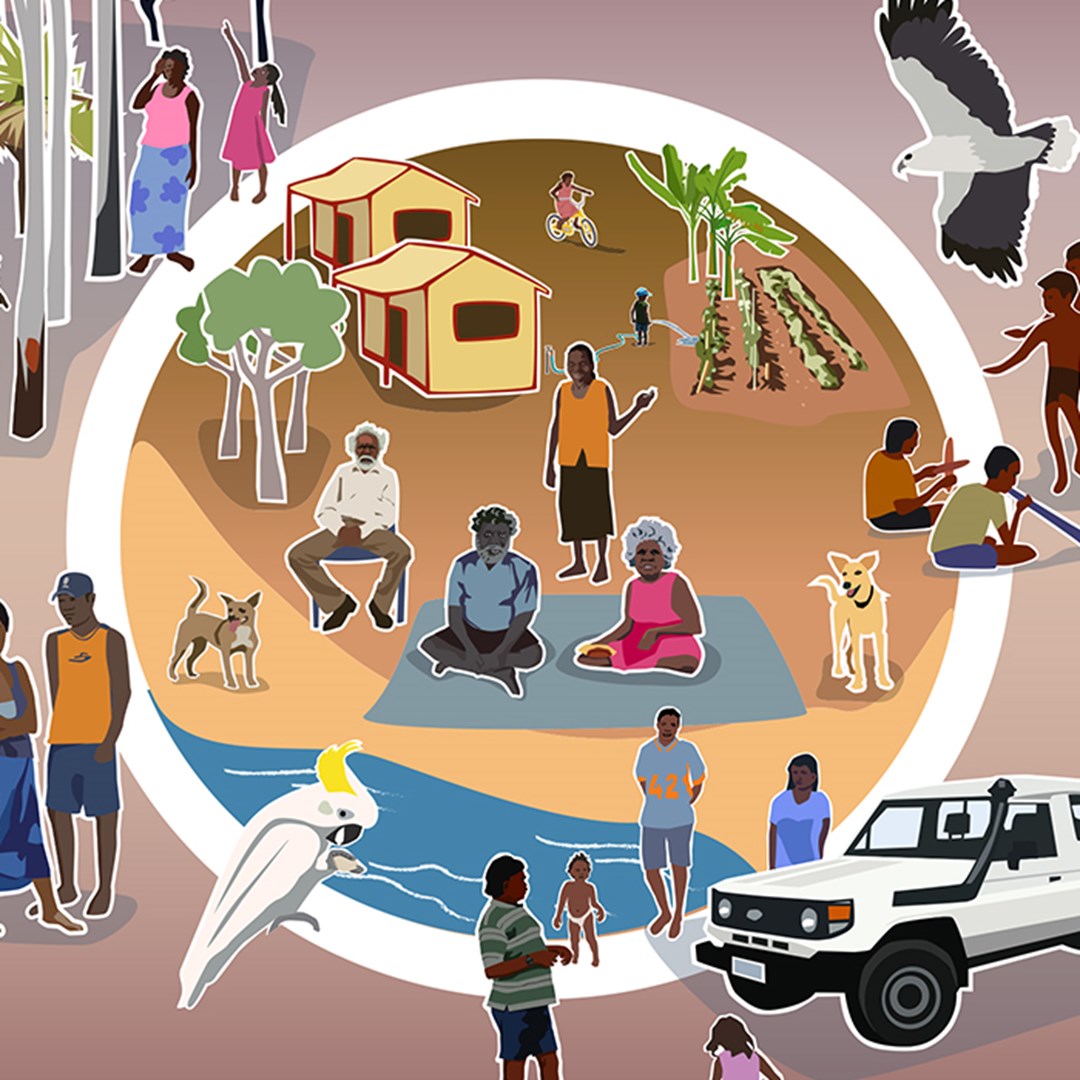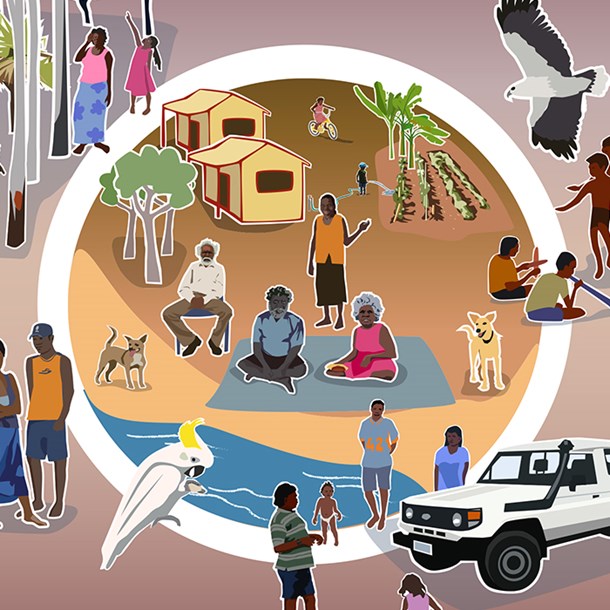Milly: Films - Part 1
Milly: Teaching guide
This teaching guide is designed as a conversation starter with talking points for each of the films. The guide also explains the process that was undertaken to create the resources. It includes notes about the language used in the videos and some Djambarrpuyŋu words from the film.
The guide will help non-Yolŋu viewers understand some of the metaphors used in Part 1 of the film.
Milly: Films - Part 2
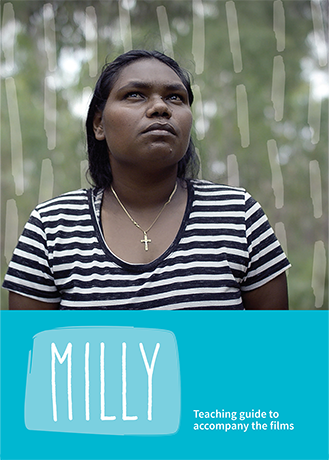
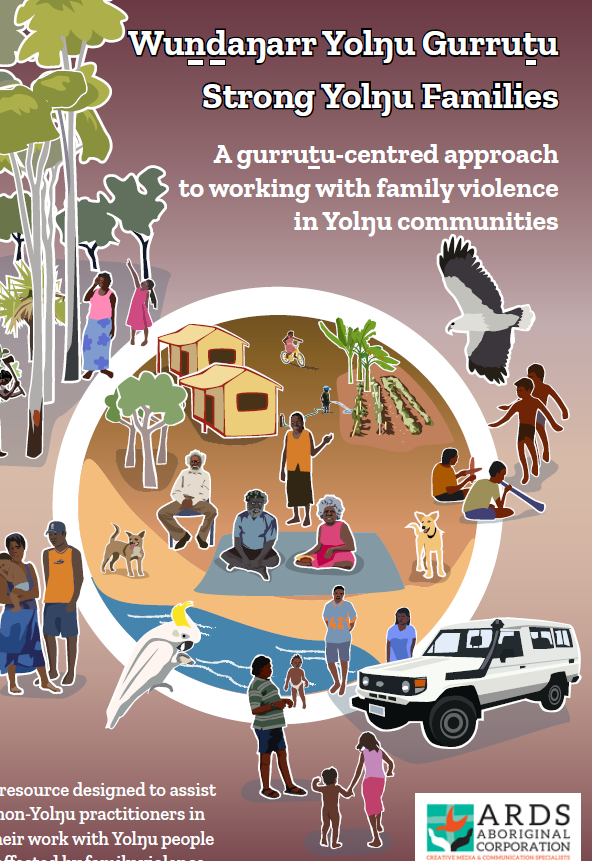
Resources focusing on family violence for communities
Wundaŋarr Yolŋu Gurrutu Strong Yolŋu Families: A gurrutu-centred approach to working with family violence in Yolŋu communities
This resource has been designed to teach non-Indigenous people about Yolngu society and culture. It goes into the workings of how society, clans and family relationships are organised, and how cultural issues can be family violence trigger points.
The ARDS Family Violence Prevention Education Project 2015-18 identified that breaking cycles of violence and finding restorative pathways requires a strengths-based approach centred on gurruṯu (kinship). A strengths-based approach acknowledges the cultural mismatch between Aboriginal and Torres Strait Islander cultures and dominant Western systems, and seeks ways to work with and build on the strengths of Indigenous cultures.
Over 400 Yolŋu people contributed to this resource, sharing their insights through 37 workshops across six major communities across northeast Arnhem Land.
